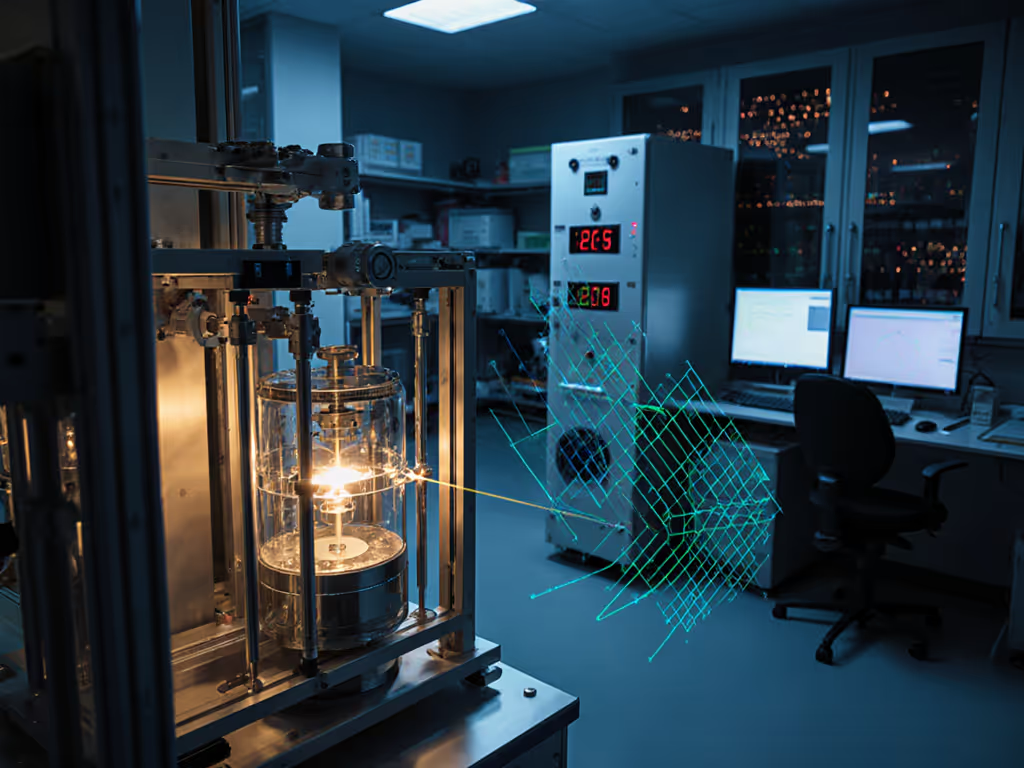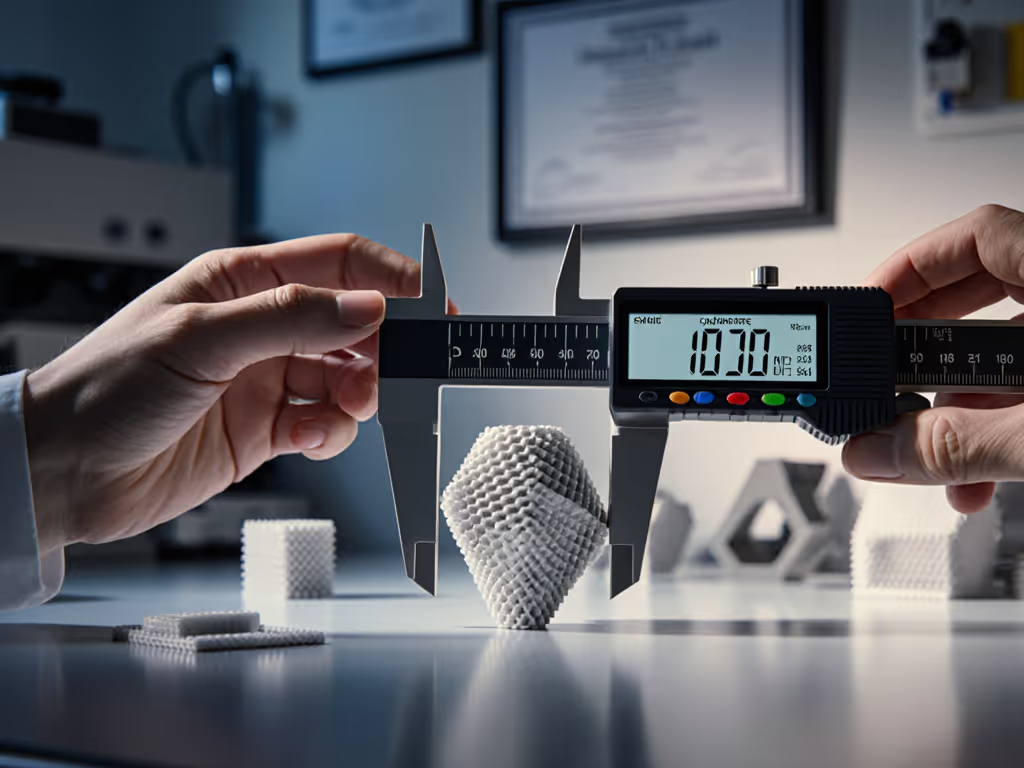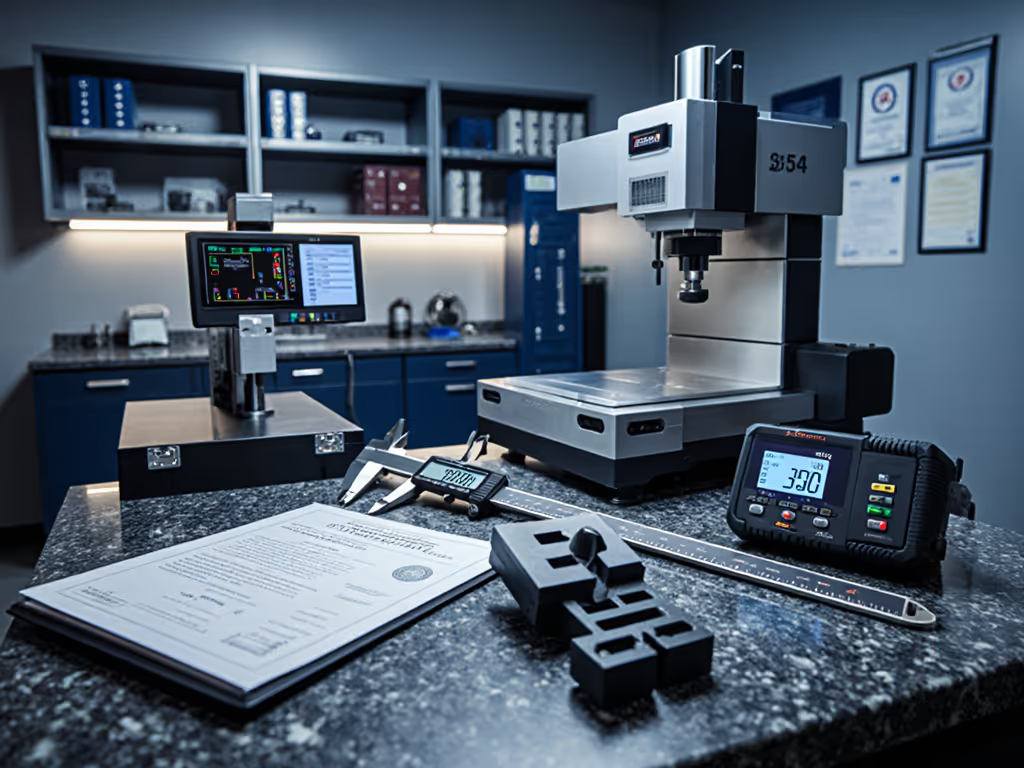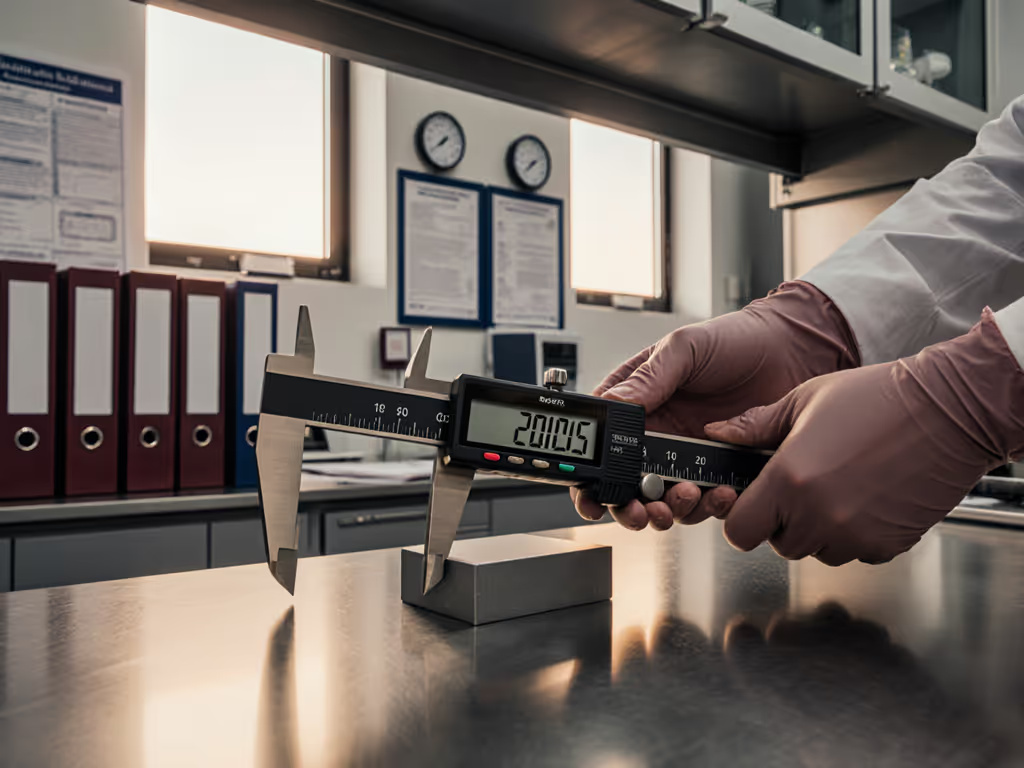
Medical Metrology: Your Audit Survival Guide
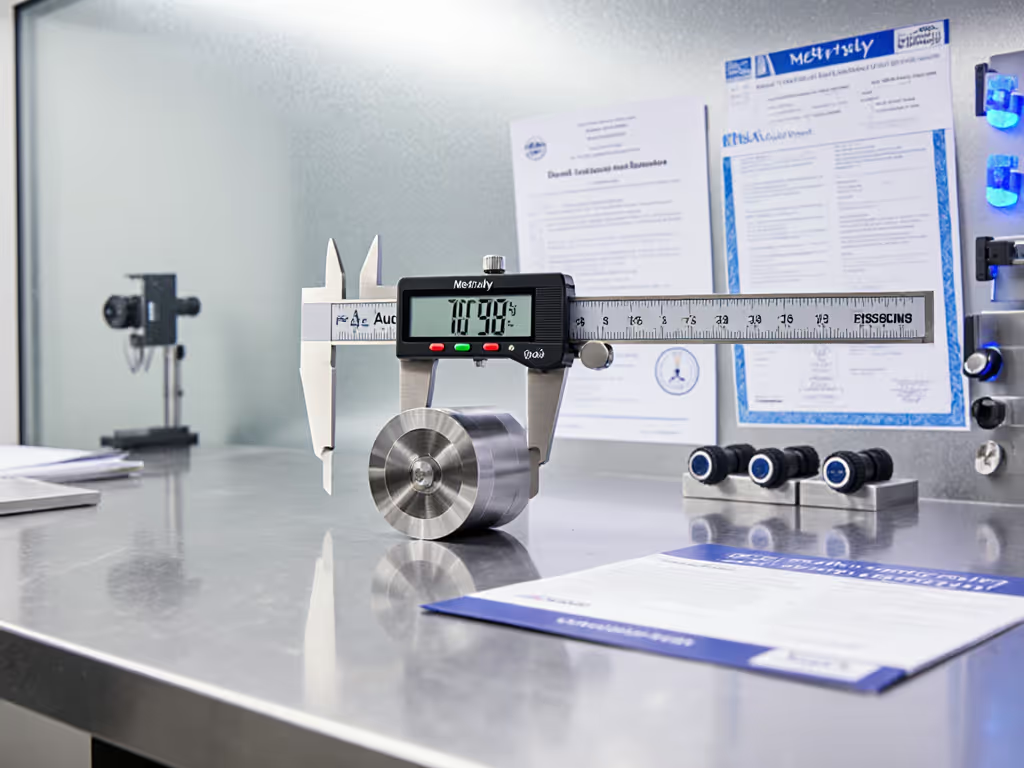
When your team deals with medical device manufacturing or calibration services, medical metrology isn't just about taking accurate measurements, it is about creating a documented chain of trust that survives FDA scrutiny. Healthcare measurement standards form the foundation of patient safety, but they're also the framework that determines whether your audit ends with a clean report or a tsunami of corrective actions. I've been there when auditors zeroed in on seemingly "minor" measurements, only to uncover systemic documentation gaps that jeopardized the entire certification. Let me show you how to build a measurement infrastructure that stands up under pressure.
Why does medical metrology require stricter protocols than general industrial metrology?
Medical devices directly impact patient outcomes. There is no room for "close enough." Unlike automotive or aerospace components where failure might trigger warranty claims, measurement errors in medical devices can lead to irreversible patient harm. This is why FDA measurement requirements mandate traceability to NIST standards with documented uncertainty budgets. I once watched an auditor shift from skeptical to cooperative when we produced not just the calibration certificate for our CMM room thermometer, but the full chain showing how that measurement traced back to national standards through properly documented environmental controls.
Remember this when designing your measurement system: uncertainty bites at edges first when auditors scrutinize your process.
How do I build a traceability chain that actually survives audit scrutiny?
Your traceability isn't complete until you've documented these four elements:
- The instrument's calibration certificate showing NIST traceability
- The environmental conditions during both calibration and use
- The documented uncertainty budget for each measurement point
- The evidence of proper personnel competency for each procedure
Build a simple chain-of-traceability diagram that shows how your measurement flows from patient impact back to national standards. When auditors can visually follow your reasoning (including why certain uncertainties were acceptable for your specific device class), they'll focus less on hunting for errors and more on understanding your rationale. I've seen this approach transform audit dynamics completely.
What FDA measurement requirements catch manufacturers off guard?
Many teams focus so intently on final product verification that they overlook these critical areas:
- Environmental validation: Temperature and humidity during measurement must be documented and controlled, not just monitored
- Measurement frequency: FDA requires justification for calibration intervals based on historical performance data, not just manufacturer recommendations
- Biocompatibility testing dependencies: Dimensional accuracy directly impacts surface area calculations critical for biocompatibility assessments
- Software validation: Any digital measurement system requires documented validation of algorithms and data integrity
Document your environmental controls with the same rigor as your calibration records. I once documented the temperature fluctuations in our dimensional lab with 15-minute interval readings (and was able to prove that despite a brief HVAC glitch, our measurements remained within acceptable uncertainty bands). Auditors appreciate seeing that level of environmental awareness.
How should I approach medical device calibration differently than standard industrial calibration?
Medical device calibration requires additional layers of documentation that most industrial environments ignore:
- Clinical relevance: Document how each measurement parameter directly impacts patient safety or device function
- Measurement uncertainty budgets specific to clinical use cases
- Full traceability chains including environmental factors during both calibration and use
- User error analysis specific to clinical environments (gloves, time pressure, etc.)
When calibrating dimensional tools like vernier calipers used in medical device manufacturing, don't just document the calibration value, show how the tool's uncertainty impacts critical features of your device. A Mitutoyo 530 series vernier caliper might have excellent specifications, but does its 0.05mm resolution meet your specific tolerance requirements with appropriate guard-banding?
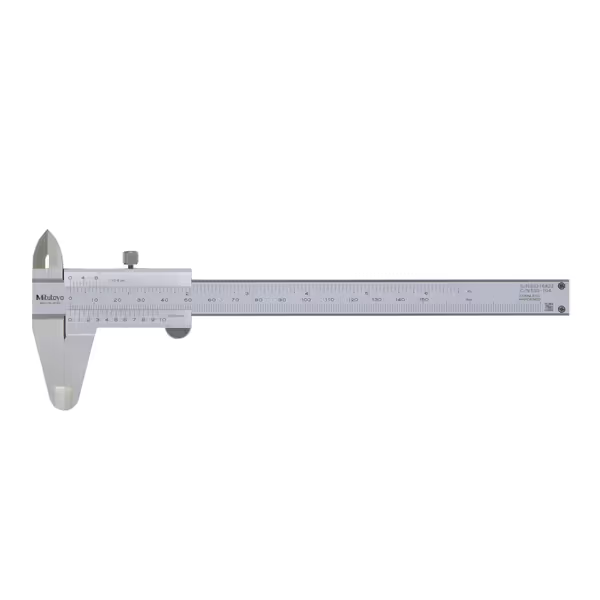
Mitutoyo 530-101 Vernier Calipers
What's the most overlooked element in medical measurement uncertainty analysis?
Most teams document instrument uncertainty but ignore environmental factors that significantly impact measurement outcomes. For dimensional measurements in medical device manufacturing, temperature variations of just 1°C can introduce errors exceeding 10μm per 100mm of material length. Build your uncertainty budget to include:
- Thermal expansion coefficients of your specific materials
- Measurement duration and environmental drift during the process
- Operator influence in clinical environments (gloves, urgency, lighting)
- Software algorithms for digital measurement systems
Create a simple checklist that technicians complete for every critical measurement, documenting environmental conditions and operator details. This isn't bureaucracy (it is your audit insurance policy). When the auditor asks "How do you know this measurement was valid?" your team should be able to produce immediate evidence beyond just "the gauge said so."
What environmental control documentation actually satisfies auditors?
Surface-level monitoring isn't enough, you need correlation between environmental conditions and measurement outcomes. Document:
- Temperature and humidity readings at multiple points in your measurement area
- Time-stamped correlations between environmental shifts and measurement drift
- Evidence of environmental stabilization time after door openings or equipment changes
- Calibration of your environmental monitoring equipment with traceable standards
I've found that auditors particularly appreciate seeing how environmental data integrates with your measurement records, not just parallel logs. When both datasets exist in the same system with correlating timestamps, you demonstrate true understanding of measurement science, not just compliance theater.
Why does proper medical metrology reduce scrap and rework beyond just passing audits?
When your measurement system accounts for real-world uncertainty, you avoid both false accepts (releasing bad parts) and false rejects (scrapping good parts). Many manufacturers operate with unspoken "guard bands" that waste material because they don't understand their true measurement capability. For a deeper look at error sources and how to minimize them, see our measurement error types guide.
Build uncertainty budgets that align with your actual process capability rather than theoretical instrument specifications. This allows you to optimize your acceptance criteria without compromising patient safety. The result? Fewer measurement-related rejections, less scrap, and more consistent first-pass yield, all while maintaining audit readiness.
Final thought: Audit readiness isn't paperwork, it is measurement integrity
The most successful medical device manufacturers don't "prepare for audits", they build measurement systems where audit readiness is the natural outcome of daily operations. Document your traceability chains, quantify your uncertainties, control your environments, and most importantly, understand how each measurement decision impacts patient outcomes. When you approach metrology as patient safety infrastructure rather than compliance overhead, audits become routine conversations rather than high-stakes confrontations.
Trace it, budget it, then trust it under audit. When you've done the work to truly understand your measurements, you'll find uncertainty doesn't bite at the edges, it illuminates your path to both quality and compliance.

